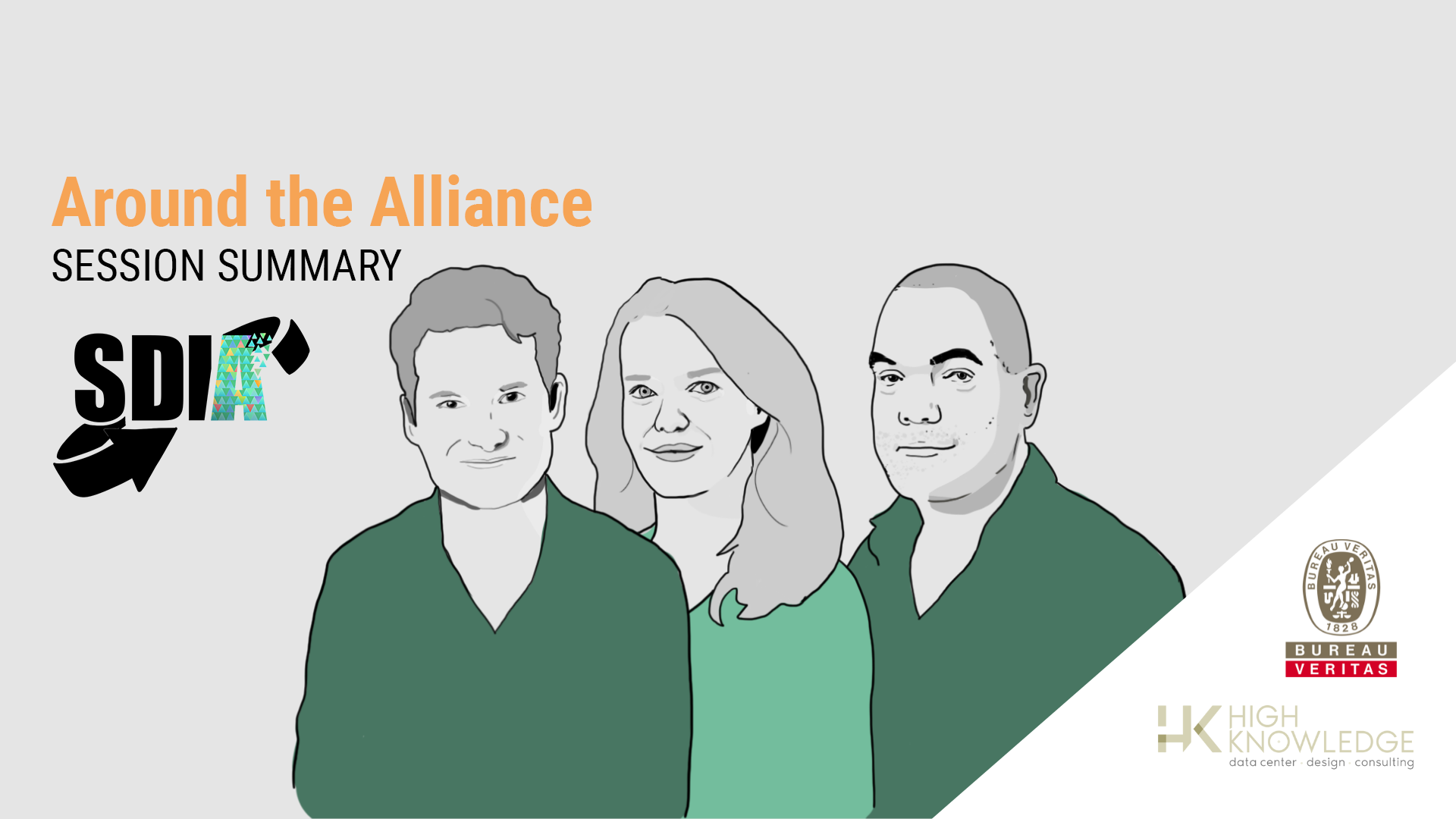Transparency is a core tenant of the SDIA’s agenda at the moment. The absence of reliable data & facts on the digital economy is hindering adequate action plans to reduce the negative impacts and thus maximize the positive potential of the digital realm.
We advocate for transparency with the goals:
- to have an understanding of negative impacts of digital sector and develop plans to mitigate them
- to unlock the information required for scientific inquiry & fact-based policy-making
- to create a competitive advantage for companies that are transparent about the environmental & social impacts of their business
Why we focus on environmental impact for now
There is already an absence of facts on the environmental impact of the digital sector as whole. However, at least there are existing frameworks and impact indicators that have been developed in other sectors and can applied for digital products as well (e.g. Life Cycle Assessment).
We strongly advocate for developing similar frameworks for social impact (such as Social Life Cycle Assessment, or S-LCA) because we feel the current frameworks are not mature and are complex to apply for the digital sector. We are open to collaborate with scholars and industry to advance the field of social impact measurements in the digital sector.
Transparency of the digital sector
There is an important detail in advocating for transparency that needs to be highlighted. The digital economy, as the first part, consists of some very large, global digital products, e.g. YouTube, Instagram or Zalando. These are significantly different in terms of scale than traditional enterprise IT applications or most application utilized to digitalize business or government.
Yet, in the mental model of the SDIA, both need to make the environmental impact of their usage transparent to the person or organization that is using the digital product. The only distinction is that digital economy actors (large digital product companies such as Uber, Google, etc.) also need to be transparent towards society as they are operating in the public sphere and have both environmental & social impacts.
A simplified model for the digital sector
Our simplified school-of-thought is centered on the idea that there is a digital resource, which has an environmental impact stemming from the energy & materials of the computers producing it. The digital resource is allocated & consumed to provide a service (e.g. streaming 1 minute of video) and hence this usage can be attributed a ‘resource usage’ and associated environmental impact.
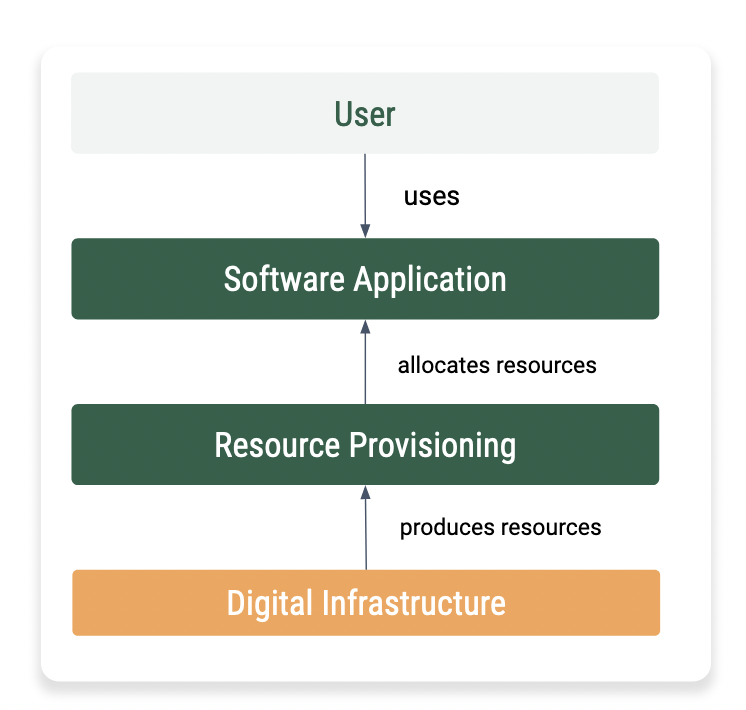
- User - any person, customer, organization utilizing a software application (which can be a digital product sold/as-a-service or a custom-build internal application)
- A software application which is providing a service made from digital resources to the user.
- Examples: ERP System within a Corporate, Ticket Purchasing Application for Public Transparent, a Social Network, a Video Streaming App
- Resource provisioning allocates the digital resources to the software applications.
- Examples: Cloud Infrastructure Providers, Web Hosting Companies, Virtualization Software Manufacturers, Internet Providers
- Digital infrastructure is producing digital resources by employing computers, which are housed in data centers and connected through networks.
You can read more about digital resource in our glossary and digital environmental footprint.
Who needs to be transparent about what
With our model it is straightforward to assign responsibilities on transparency to the different actors.
- Digital infrastructure actors need to be transparent about how many digital resources are produced with the environmental impact per unit.
- Resource provisioning actors need to be transparent about how many resources could not be allocated & used (and hence are wasted), as well as pass-through the environmental impact per resource to the software application
- Software applications need to transform the digital resource usage they create into environmental impact (using the information provided by the resource provisioning actors) and make it transparent to the user, creating transparency on the usage-based impact
Some examples:
In our view:
YouTube
An SAP ERP
Environmental Impact Indicators
We have selected the relevant environmental impact indicators from the Life Cycle Assessment Framework (EN15804 +A2) for digital resources and listed them on our Digital Environmental Footprint page.
Further information
Public Speaking Recordings
Presentations
Most of our presentations include written transcripts of the speeches & talks given.
Publications
The SDIA partners with Boavizta to develop a new standard for the digital sector to measure the environmental impact of digital products
The new standard will help organizations to take existing digital resource usage and translate it into a clear and measurable real-world environmental impact - enabling transparency, comparative benchmarking, and improvements. Hamburg, Germany, 15 September 2022 - The Sustainable Digital Infrastructure Alliance () announces a collaborative partnership with for the development of an upcoming standard to measure the environmental impact of digital products.
https://blog.sdialliance.org/press-release-sdia-partners-with-boavizta-to-develop-a-new-standard
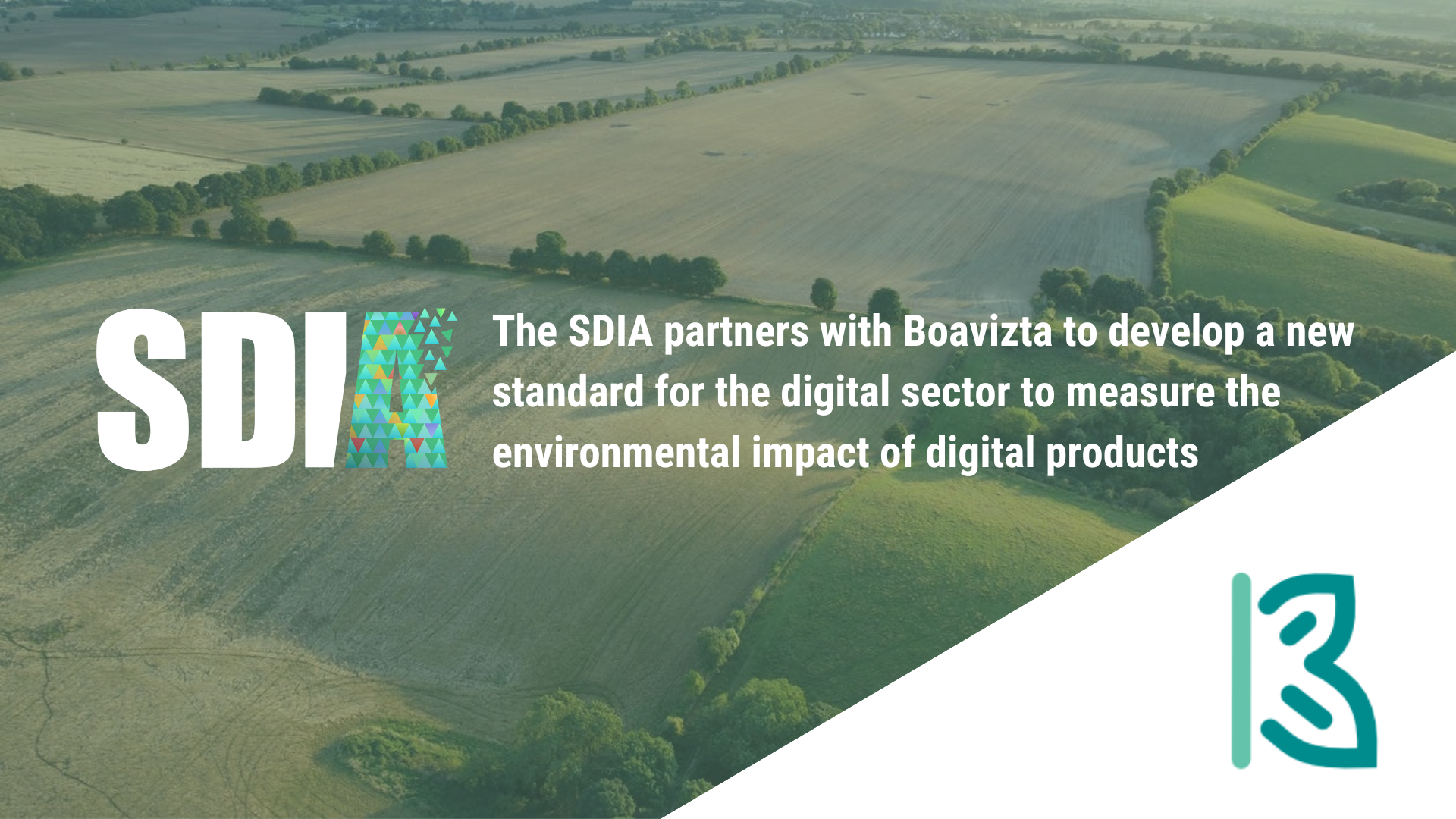
Decarbonizing the Software Supply Chain
Software is eating the world. It is also the only sector that has a significant lack of transparency regarding its supply chain. We have begun our work in creating an open standard platform as part of our Digital Carbon Footprint (DCF) active Steering Group. Come shape supply chain transparency in software.
https://blog.sdialliance.org/decarbonizing-the-software-supply-chain
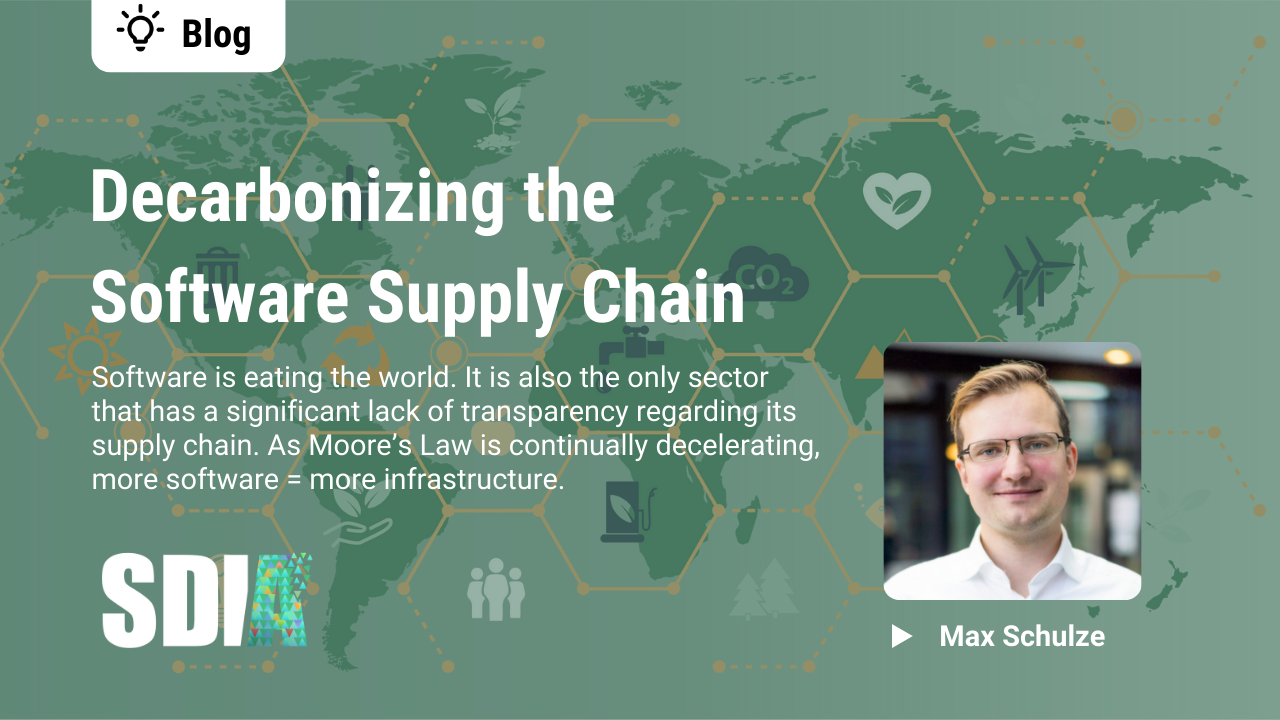
Key insights from EPEE & SDIA event - 'Enhancing the Sustainability of Data Centres - what can the Fit-for-55 Package do?'
After our joint event with the European Partnership for Energy and the Environment (EPEE) 'Enhancing the Sustainability of Data Centres - what can the Fit-for-55 Package do?' on 22 February 2022, we have outlined the critical steps that need to be taken in order to realize our Roadmap to Sustainable Digital Infrastructure by 2030.
https://blog.sdialliance.org/key-insights-from-epee-sdia-event-enhancing-the-sustainability-of-data-centers-how-to-maximize-the-benefits-of-fit-for-55-package
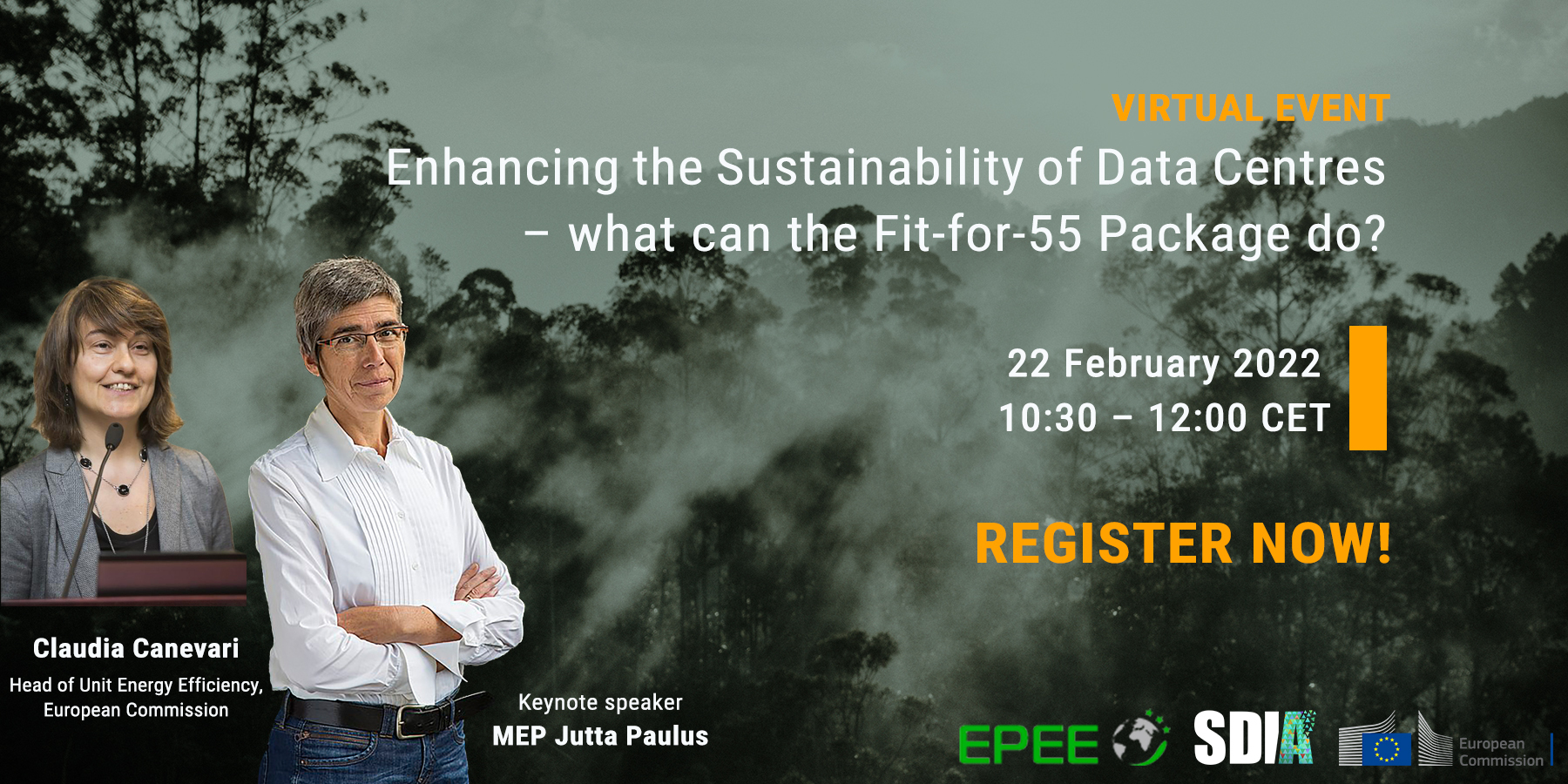
Around the Alliance #6: Creating transparency for the supply chain of software
As the Digital Carbon Footprint is our number one priority on our Roadmap agenda for 2022, we discussed progress made to date. Software generates emissions through its underlying infrastructure. However, we also have to measure and report on the embedded emission of the infrastructure.
https://blog.sdialliance.org/around-the-alliance-6-transparency-for-the-supply-chain-of-software
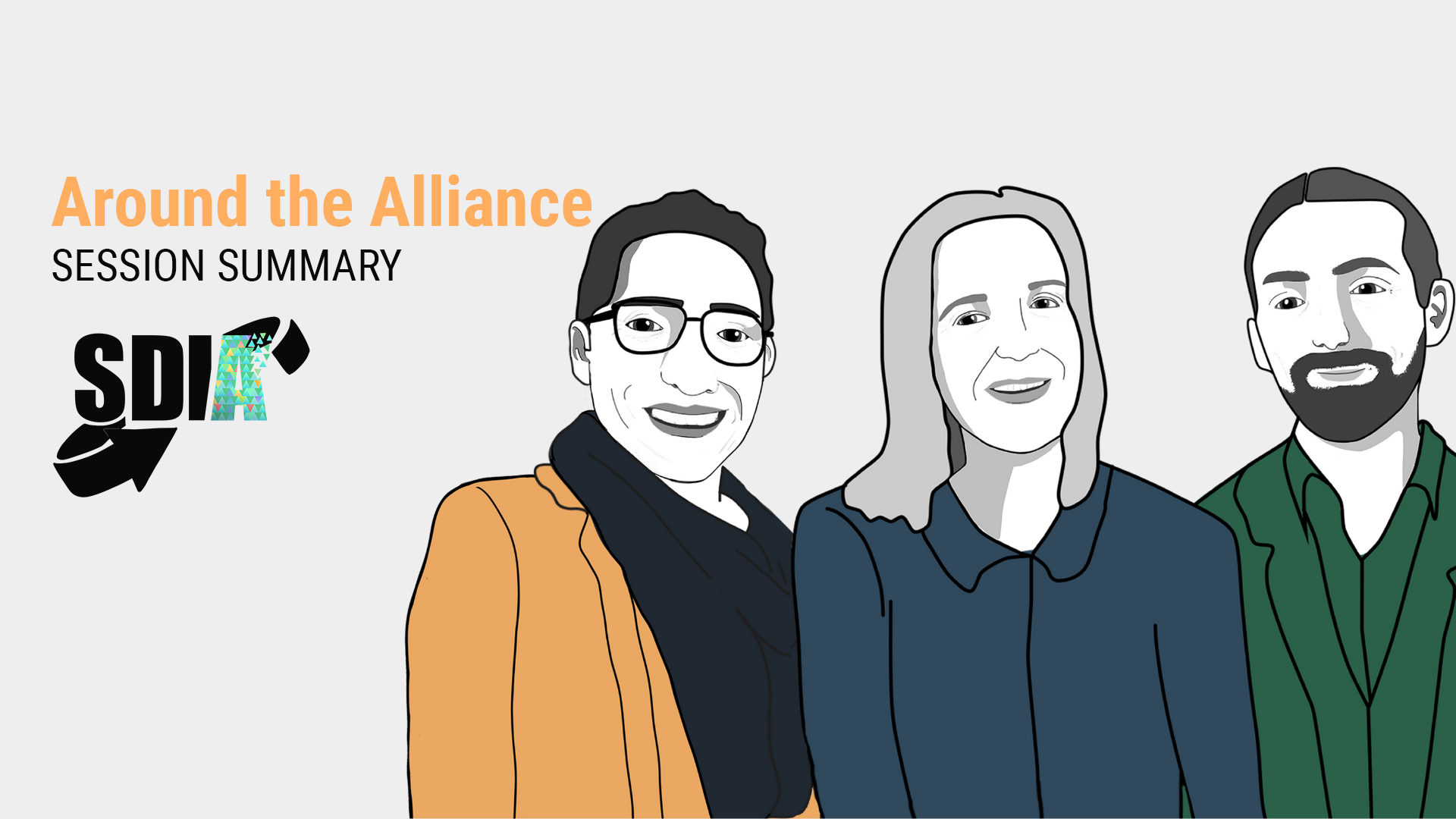
A Database of Hardware Lifecycle Assessments is Needed Now
To define the environmental footprint of software itself , we need transparency throughout the supply chain. If digital infrastructure forms the supply chain of software that delivers digital products and services , then the first supplier in that chain is the server hardware manufacturer.
https://blog.sdialliance.org/a-database-of-hardware-lifecycle-assessments-is-needed-now
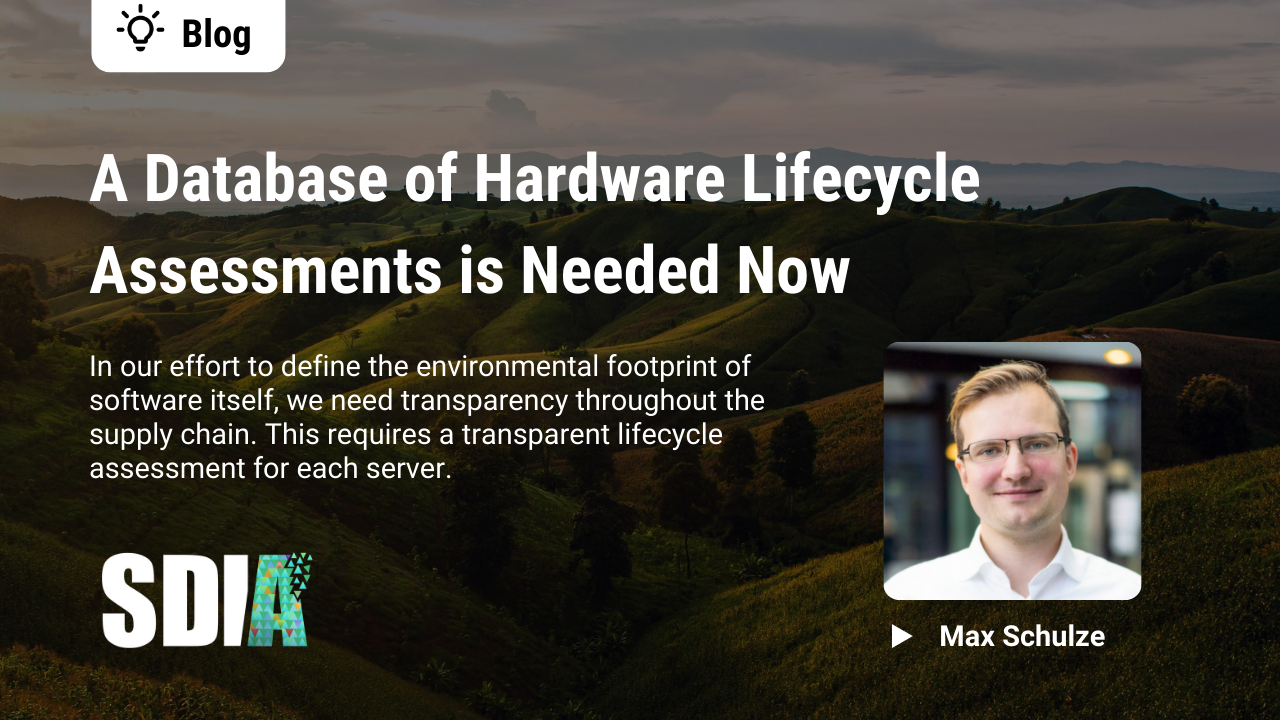
#TransparencyNow: Insights from Harry Knopf, our first Open Data Hub Ambassador
Earlier this summer, we our Open Data Hub - a resource meant to boost transparency, trust, and data availability to help researchers, industry, and society realize a sustainable digital economy. In the lead up to its launch, we are recruiting Thank you for joining me today, Harry!
https://blog.sdialliance.org/open-data-hub-ambassador-interview-with-harry-knopf
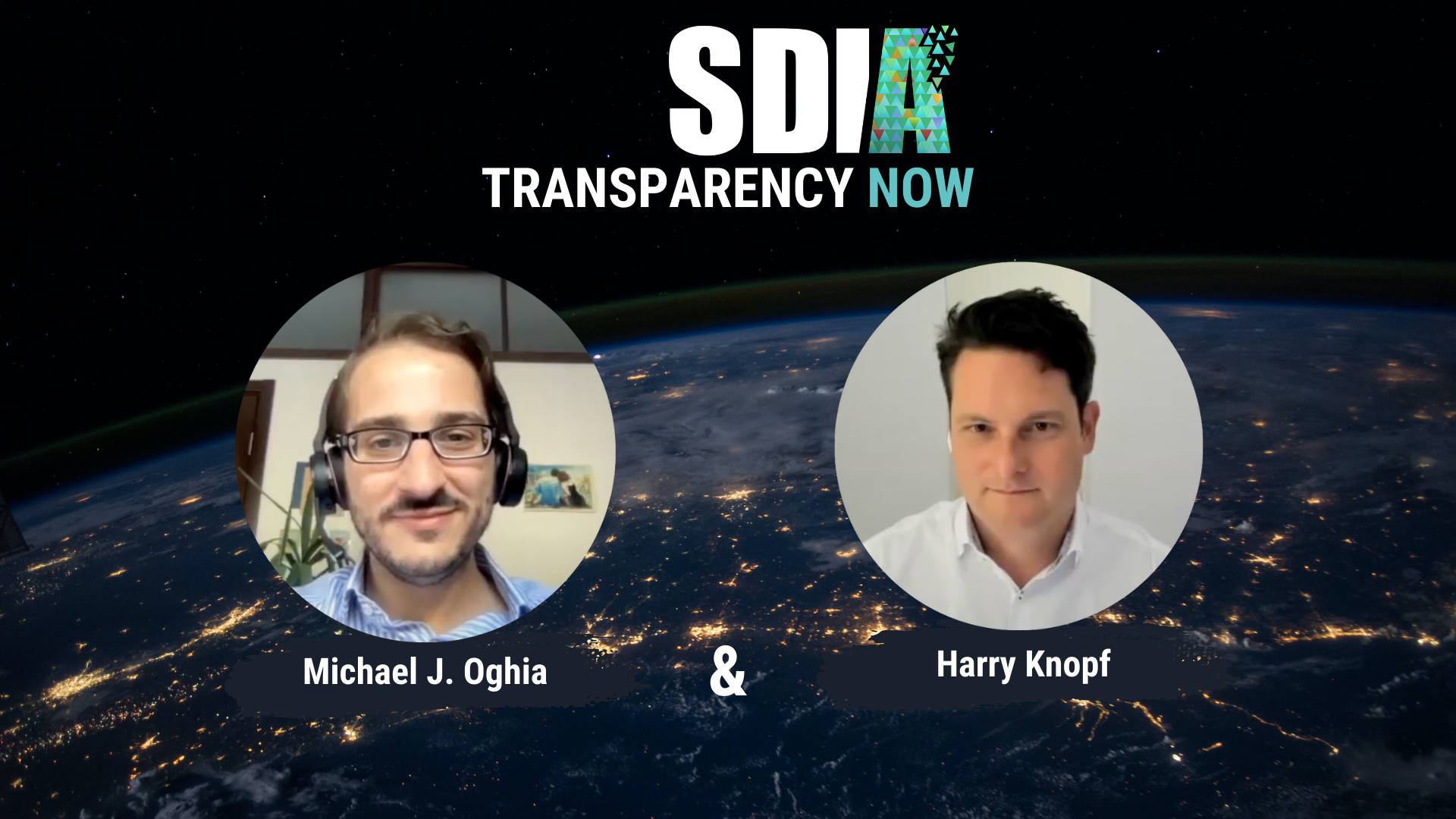
#TransparencyNow: Insights from Ciaran Flanagan, one of our Open Data Hub Ambassadors
Last summer, we our Open Data Hub - a resource meant to boost transparency, trust, and data availability to help researchers, industry, and society realize a sustainable digital economy. In the lead up to its launch, we are recruiting to help raise awareness about the initiative as well as galvanize support.
https://blog.sdialliance.org/transparencynow-insights-from-ciaran-flanagan-one-of-our-open-data-hub-ambassadors

Around the Alliance #3 - Transparency for a more sustainable digital economy
In light of announcing our Open Data Hub earlier this year, we discussed why we need transparency for a more sustainable digital economy. Sustainability is built on trust and openness, and Transparency is a significant facilitator of trust, one that not only has the ability to boost perception but also promote innovation.
https://blog.sdialliance.org/around-the-alliance-3-transparency-for-a-more-sustainable-digital-economy
